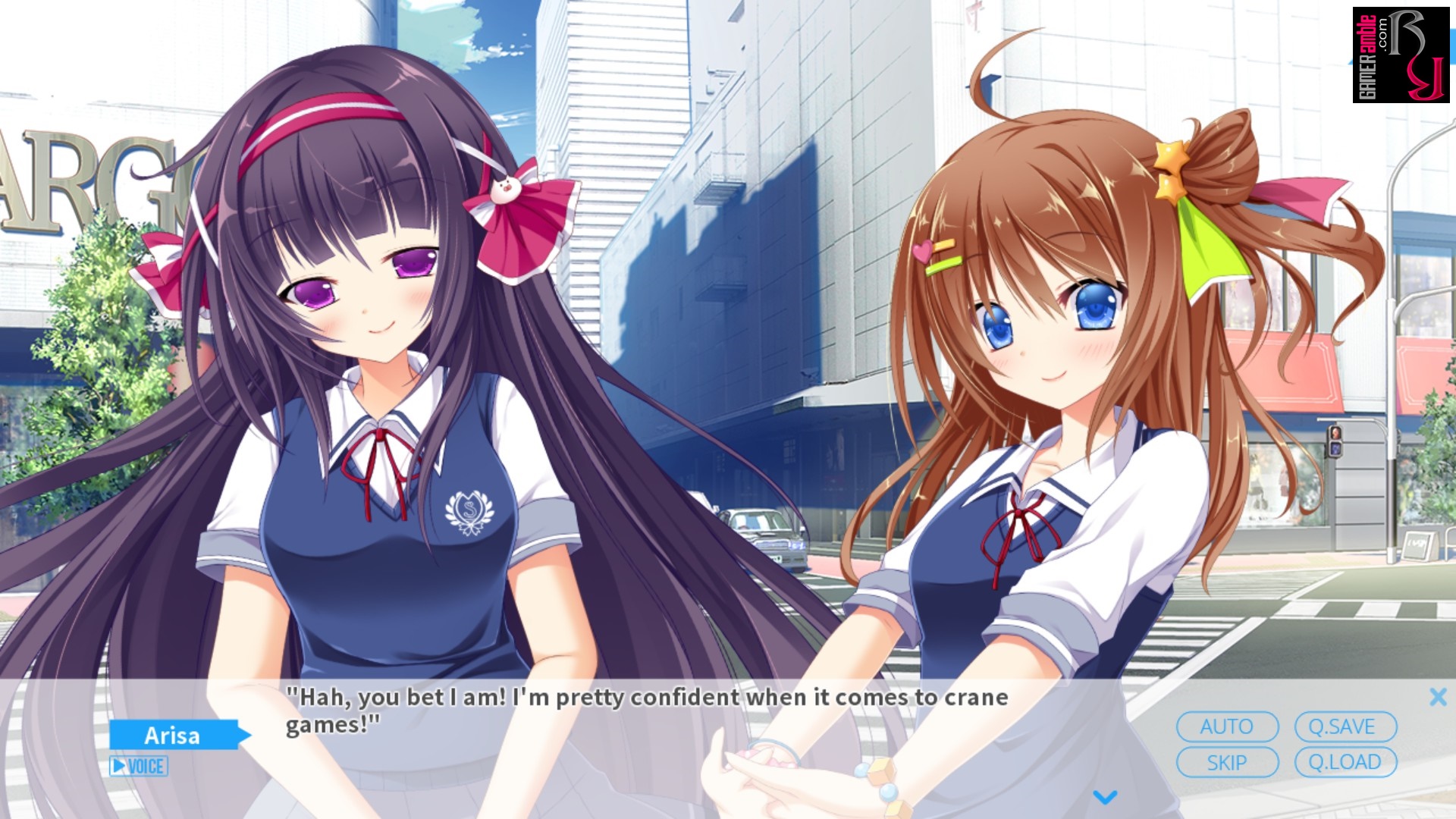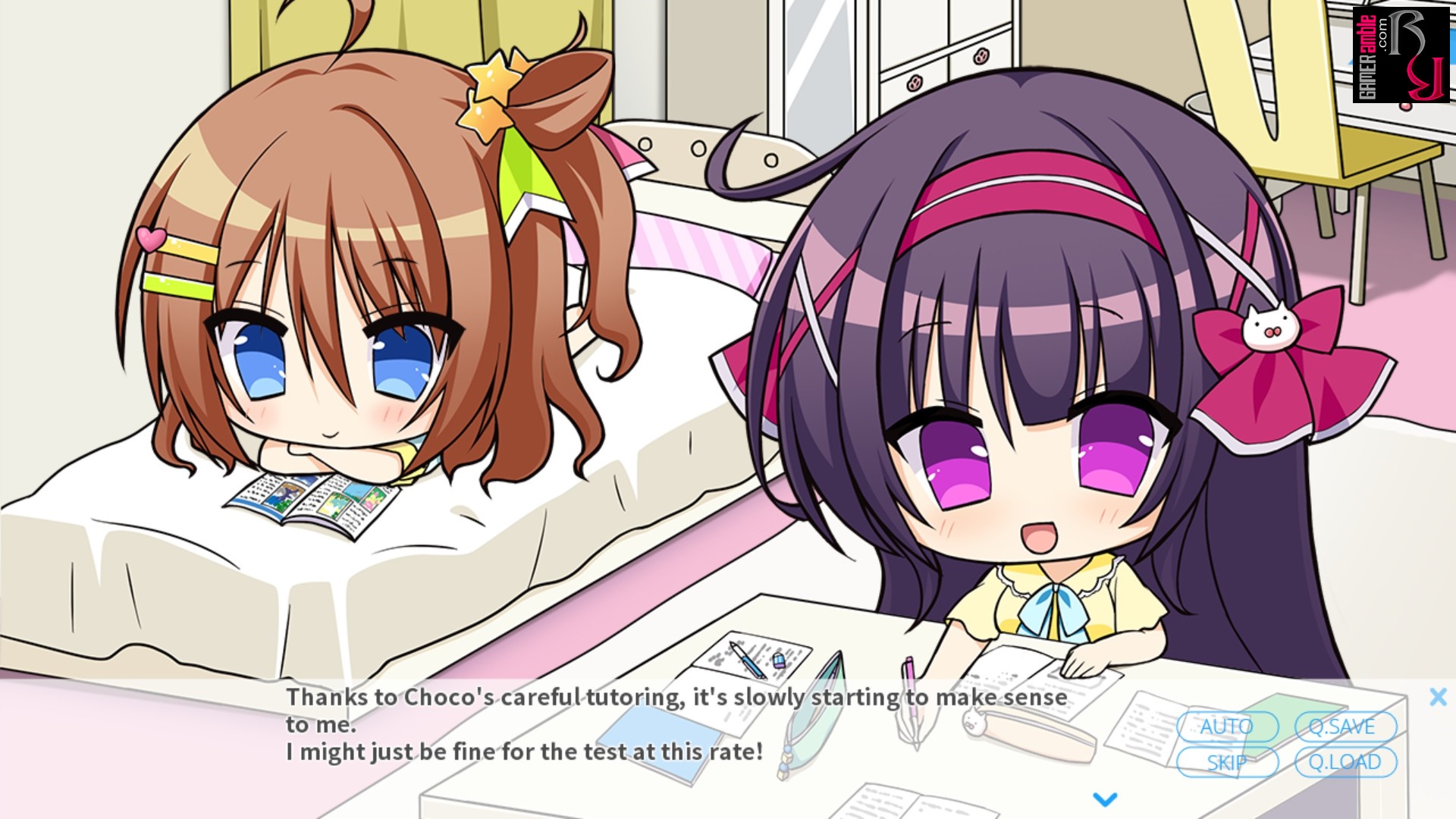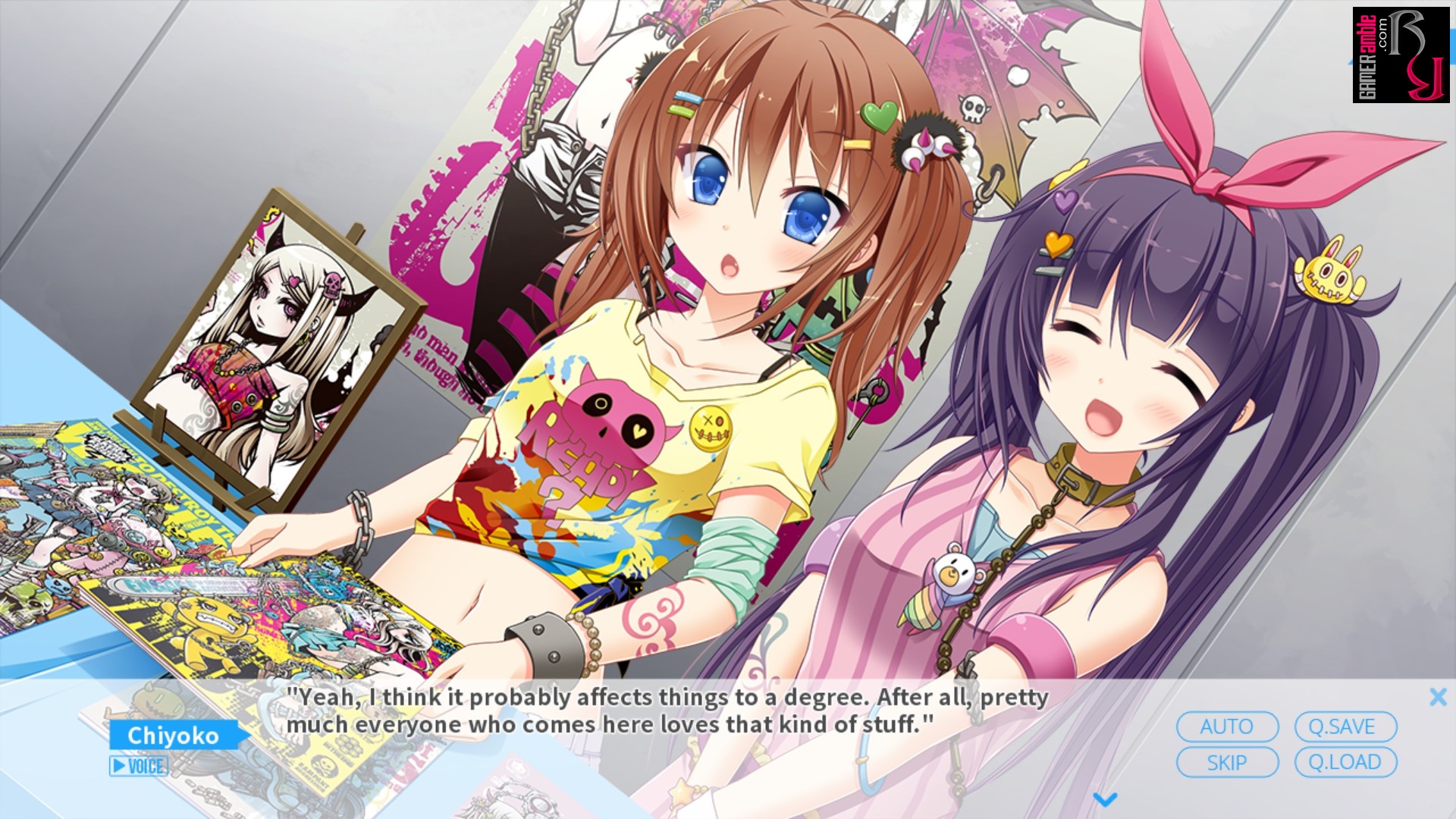Japanese School Life
Developer: code:jp | Publisher: Sekai Project | Release Date: 2016 | Genre: Casual / Visual Novel | Website: Official Website | Purchase: Steam
Japanese School Life is the first original title released by Sekai Project, a publisher known for localizing numerous Japanese titles for Western audiences. The game follows one year in the life of Brian, an American exchange student attending a Japanese high school for a year. On his first day of class, Brian is befriended by two girls, Chiyoko and Arisa, who end up spending most of the year guiding him through Japan and teaching him about their culture. It is a setup that should sound familiar to fans of visual novels as other titles, such as Go! Go! Nippon! has done something similar before.
Japanese School Life comes very close to being a kinetic novel, but the game does present players with the occasional choice to make. These choices all revolve around whether Brian likes the straight-A student Chiyoko or the more spontaneous and playful Ariso. However, these choices typically only change a few lines of dialogue. Fans expecting anything romantic to happen will also be disappointed as Brian spends almost the whole game oblivious to the fact that the girls like him. This also means that there are no different “routes” for the girls and the two endings are more or less the same.
What Japanese School Life lacks in romance it makes up for with facts about Japan. Both Chiyoko and Ariso are walking encyclopedias when it comes to culture and traditions. Fortunately for them, Brian is also pretty clueless about anything that doesn’t involve anime or manga, so there are plenty of opportunities for them to educate him. Players who simply want to experience the slice-of-life story can do so, but occasionally some terms are highlighted in a different color. These words can be selected to open an overlay providing a full explanation of the term or tradition. This in-game glossary is quite useful and we actually learned quite a few interesting things about Japan that we were not aware of before.
Unfortunately, due to the heavy emphasis on educating players about Japanese culture, the story ends up being rather unremarkable. Brian’s stay in Japan is broken up into different seasons and each is filled with typical activities such as beach trips, summer festivals, school trips, Comiket, Halloween, Christmas, and Valentine’s. These events take place in quick succession and the game doesn’t dwell too long on each one either. This can give the game a bit of a disjoined feel and also results in there not being much character development. Instead, the two girls as well as Brian remain stereotypes for most of the game.
Visually Japanese School Life is a good-looking game and both Chiyoko and Arisa have beautiful sprites that are brought to life by the e-mote system. They also change outfits depending on the season or occasion, but most of these are represented by a single CG. In addition, some of the CGs feature some nice chibi artwork. The backgrounds are also quite varied and look good for the most part. The game even features a “Nekomimi” mode which can be toggled on or off from the options screen and provides the girls with cat ears if enabled.
Japanese School Life can be played in English or Japanese, but the voice acting is in Japanese only. Brian is not voiced, but the actresses for both girls do a great job. The game doesn’t have much in the way of sound effects but features nine music tracks. These range from calming tunes like “sentimental” and “peaceful” to more energetic fare like “actively” and “positive!”. None of the tunes stand out as particularly great, but they get the job done without being too annoying. Players can listen to the tracks from the “Extra” menu on the title screen, which also features a gallery and SD gallery where players can view unlocked CGs. The controls are the usual visual novel fare with players clicking or pressing enter/space bar to advance the dialogue. Options, such as text speed, audio speed, and window opacity can also be adjusted. Finally, the game has a “Skip Mode” that fast-forwards through text that has already been read, which is useful for replaying the game and choosing different options.
Japanese School Life is not a bad game, but it lacks the charm of games like Go! Go! Nippon. The lack of romance or adult content makes it suitable for younger players who want to learn more about Japan. Unfortunately, it can be a bit boring for those who are already familiar with Japan or who have played more complex visual novels before. Overall, the game is enjoyable, but with so many great visual novels to choose from it doesn’t have much that sets it apart.
System Requirements
- OS: Windows Vista/7/8/8.1
- Processor: 2.0 Ghz
- Memory: 2 GB RAM
- Graphics: 1280×720
- DirectX: Version 9.0c
- Storage: 1 GB available space
- Sound Card: Direct X Compatible
- OS: Ubuntu 14.04
- Processor: Intel Core i5 2.8Ghz or equivalent
- Memory: 4 GB RAM
- Graphics: NVIDIA GeForce 450, AMD Radeon HD 5670 or better
- Hard Drive: 3 GB available space






















